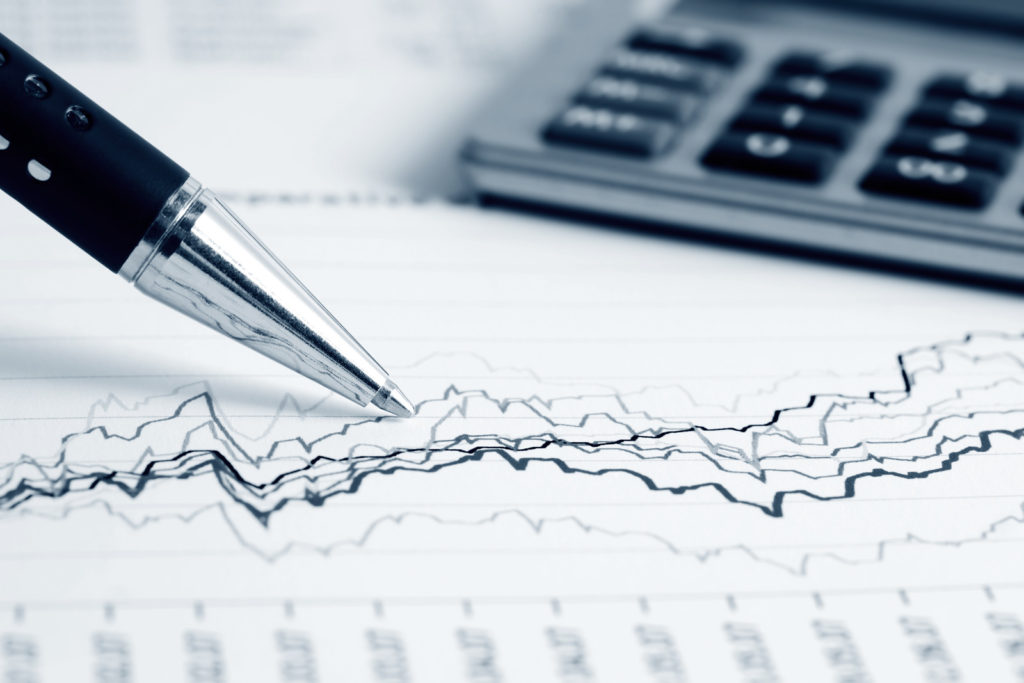Vantage uses cookies that are essential for our website to work. We also use optional analytical cookies to help us to improve our website and the services, content and ads we provide to you which you can accept or reject here. Please see our Cookies Policy for more information on how we use cookies.
CFDs and Spread Bets are complex instruments and come with a high risk of losing money rapidly due to leverage. 73.5% of retail investor accounts lose money when trading CFDs and Spread Bets with this provider. You should consider whether you understand how CFDs and Spread Bets work and whether you can afford to take the high risk of losing your money. Please seek independent advice if necessary.

It’s been quite a year. Rampant inflation (how many times have we said that?), surging energy prices and intensifying growth headwinds have been ignited by war in Ukraine and covid-19 in China. Sino-American tensions to pivotal elections to UK political chaos have periodically lit up markets. All the while, central banks across the globe have been scrambling to raise interest rates as the era of cheap money comes to an end. The proverbial liquidity “punchbowl” is now a mere (massive) footnote in history.
Having been caught far behind the curve, policymakers have stepped on the hiking pedal to try and tame multi-decade high inflationary pressures. Forward guidance by central bankers was meant to guide the way and lead to informed markets and ultimately less volatility. But confusion was more often the theme with huge swings in bond, equity and forex markets.
The US benchmark S&P 500 has been in and out of “bear market” territory – that is one defined as a decline of 20% or more – on several occasions. But the tighter financial conditions and relentless hawkishness from central banks has ultimately buffeted stocks. Growth slumped while value, old economy companies and energy have outperformed. This is unsurprising when energy security has become one of the biggest global risks. The rate shock helped the dollar overall, but the greenback gave up some of its gains on Fed rate cut bets. The “Jay walk” will be critical to markets in 2023.
Major events of the year, in numbers:
*0.25% (Fed policy rate): When stocks peaked on Wall Street on January 3rd, markets thought that the upper bound of the Fed’s policy rate of 0.25% would rise by just 0.75% by the end of this year. It now stands at 4.5% with the latest Fed dot plot predicting a peak rate of 5.1% in 2023 after a series of jumbo-sized rate hikes. The fierce tightening of monetary policy triggered a lot of the turbulence that rocked finance this year. It also marked the end of the 40-year old bond bull market.
*1.0356 (GBP/USD): We wrote at the time that the words “sterling” and “gilt” originated as a signal of quality and strength. But those ideals were very far from reality in September. Two breath-taking days of selling after the UK’s biggest (unfunded) tax cuts in 50 years saw cable hit record lows. The disastrous, albeit brief tenure of the Truss government sparked a crisis of confidence in UK assets. A new PM and chancellor have steadied the ship. But the shock to markets, with pension funds near the abyss, produced extraordinary ructions in financial markets.
*-$155billion (Apple): The sell off immediately after the surprisingly strong September US CPI data saw Apple lose nearly $155 billion of its market value. That was in the top 10 worst single-day market value losses of all time. This kind of move encapsulated a torrid year for rate-sensitive tech stocks. The collapse was so violent that Meta, Facebook’s owner, twice shed more than a quarter of its value, in a single trading day. Higher rates and regulatory pushback pummelled the previous darlings of the market.
*151.94 (USD/JPY): Japan spent a record $70 billion trying to support its currency in September and October. This was the first unilateral FX intervention since 1998 and more than double that last phase of yen buying. The stark divergence between Fed and BoJ monetary policy played out in the currency major for most of the year with dollar strength to the fore. But a perceived Fed (and BoJ?) pivot has seen a three-month pullback to the low 130s.
*-77% (Bitcoin): The world’s biggest digital coin collapsed to fresh two-year low at $15,460 late in the year. BTC has given investors up to 77% losses from the highsat $69,000 in November 2021. Bank of America reckons this is now the fifth-biggest market crash of all time. The digital asset crisis culminated in what US authorities are calling a “massive years-long fraud” at FTX, an exchange founded by a former wunderkind. The age of free money has certainly come to a sudden end.
Fast & easy account opening
-
Register
Choose an account type and submit your application
-
Fund
Fund your account using a wide range of funding methods.
-
Trade
Access 1000+ CFD instruments across all asset classes on MT4








